Expert Guide To Landscaping For Seniors
While normal landscapes may not seem particularly hard to navigate, many seniors have limited mobility which can make even slightly steep slopes hard and even dangerous to climb.
To allow the seniors at home to enjoy the outdoor space, it’s crucial to make your landscape safe and accessible.
While some may think it’s just a matter of keeping the path even and flat, there’s actually a lot more to it than you might think.
If you’re ready to turn your landscape into the ultimate senior-friendly landscape, then jump right in!
Understanding The Needs Of The Elderly
Besides merely mobility, the elderly have other needs that need to be met. Knowing what they are is the first step to landscaping a garden that meets their needs.
First off, as we grow older, our bodies will start to deteriorate–if we let them. In order to slow down this deterioration, keeping active both physically and mentally is key. And gardens achieve both of that.
Other than walking through the garden to get their heart rate up a little, tending to it also keeps seniors active mentally and physically. Tasks like pruning, watering, and planting all help keep their fine motor skills sharp while giving them more physical activity.
Second, as seniors get older, it’s easy to feel lonely, especially if they’re living alone, as they don’t go to work, and if they don’t meet their friends either, with no family at home most of the time, they have little social interaction every day. Having an outdoor space where they can invite their friends over or host gatherings can be hugely beneficial to their mental health.
Now that you know the problems the elderly may face, here are ways to address them with your landscape.
1. Paths

The pathways are the most important thing to get right. It’s what the seniors will be walking on to get to every part of the garden, so it also has the most potential for injuries and accidents. Here are the things to get right with your pathways.
Width
While wider paths may sometimes be somewhat unsightly, they are a necessity for the elderly. They may be using walkers, canes, and even wheelchairs.
While you can in fact fit on most normal paths with any of those, it might be a tight fit for those with wheelchairs or larger walkers.
A path that’s too narrow will make it hard for the elderly to traverse, and they may easily go off the path and fall, which obviously is a huge no-no.
Make doubly sure that your path is at least 3 feet if not 4. Wider paths also make it easier for caretakers to walk alongside them.
Material
Next, your choice of material will be paramount to your path’s senior friendliness.
The first thing to remember is to use even surfaces. Materials like gravel or tiles like pavers that can become uneven over time are out of the question. Not only are they difficult for wheelchairs to move on, but if canes or walkers go onto them, they may slip, causing the senior to fall. Again, a huge no-no.
It’s also a good idea to use materials with more friction like stamped concrete or even rubberized surfaces like the ones used for running tracks.
Gentle Slopes and Curves
It goes without saying that steep slopes should be avoided, so there’s no need to explain that.
If you have steps though, try to incorporate ramps along with them for wheelchair-bound seniors or really any senior, as they may have mobility issues. The ramps should have handrails too.
The curves of your paths should be gradual too, and not sharp bends or corners. This is because they take more effort to navigate, something that may be insignificant to you, but can be tiring for the elderly.
2. Seating Areas
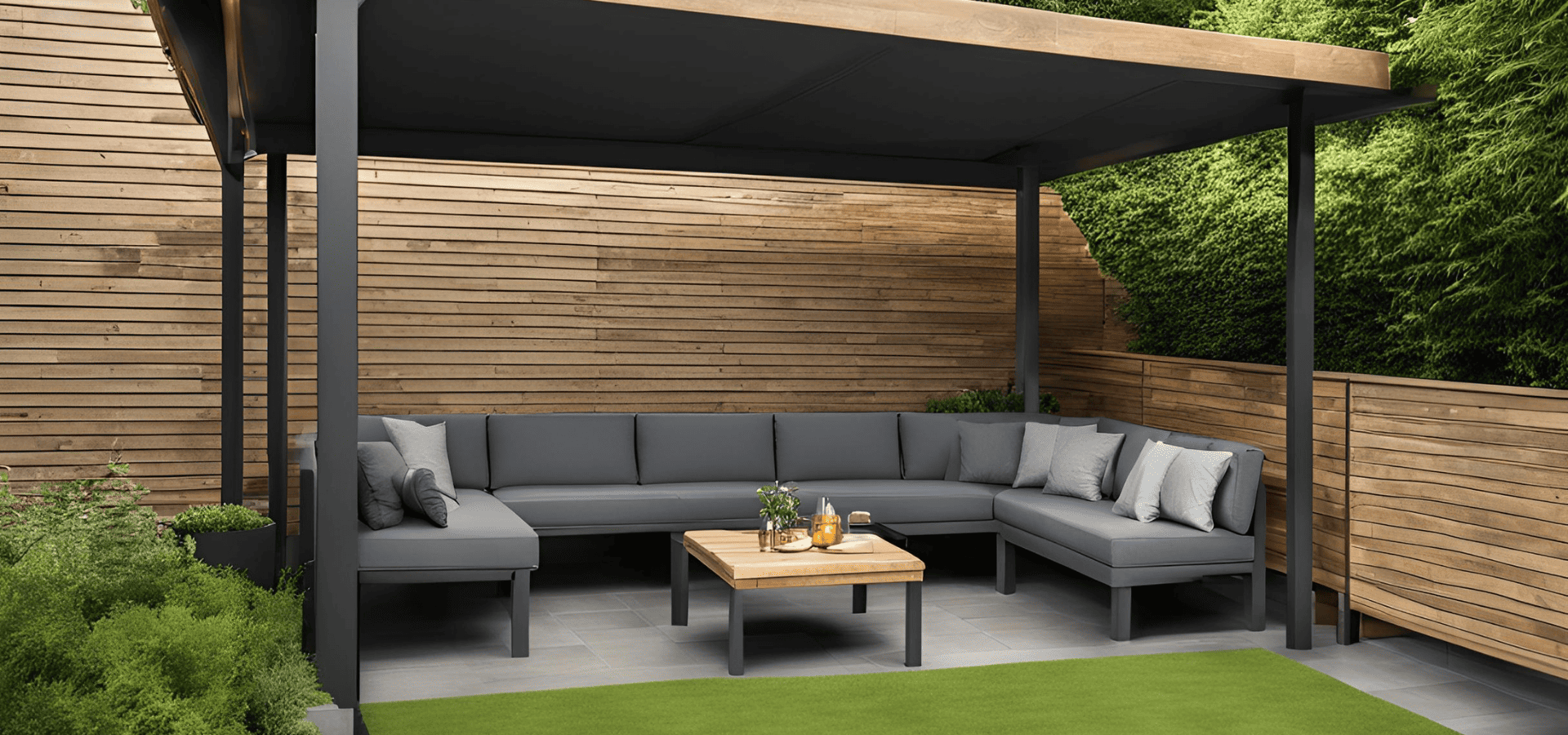
Seating areas are a must-have in elderly-friendly gardens. They provide a place to rest when they’re tired, a place to host gatherings and their friends, or just a place to get out of the house.
Particularly for those with mobility issues, they may not leave the house much. Staying at home for the entire day can feel really stifling (remember the Covid days?) and can negatively affect their mental wellbeing.
The fresh air in the garden can do wonders to relieve the suffocating feeling, which is why seating areas are so essential.
That aside, seating areas also serve as a place where they can invite their friends over and where they can even get some physical activity in together. They help encourage and facilitate these activities and play a crucial role in combating loneliness and physical health decline.
If your outdoor space is big, seating areas also provide a convenient space for seniors to take a rest if they get tired along the way or while tending to the garden.
Make sure to also have shelter for your seating areas. The elderly have frailer bodies and may not handle heat so well. The outdoors can be refreshing, but it also means being exposed to the sun and heat.
Older bodies aren’t as tough as younger ones and are more prone to issues like heat exhaustion and even heat stroke. This makes shaded seating areas not only important for recreation, but key safety features.
3. Raised Garden Beds

While movement and being active are good, unnecessary unhealthy strains aren’t. Having to bend down to tend to the plants isn’t healthy, even for non-elderly.
In order to make it easier for seniors to tend to the garden without straining their hip, back, and knees, you need to raise the height of the garden. Too high isn’t good either, so aim to have the garden around their hip or waist level.
Elevating the garden also makes it much easier for wheelchair-bound elderly to tend to the plants as they can slide their wheelchair under the elevated garden.
There are actually endless ways to elevate a garden. You can place it on wooden legs, chairs, tables, and just about anything you can think of.
If you’re not sure what to use, metal troughs and wooden containers on wooden legs are common setups.
Another way to elevate plants to an ergonomic height is vertical gardens. Rather than filling your vertical garden from top to bottom as you normally would, only fill the rows that can be easily reached by your senior.
4. Managing The Load
A light stroll is great for seniors. A marathon? Not for most seniors.
Similarly, if you have a large garden or plants that require more attention, it can be a lot to do for a senior. This could lead to over-exhaustion or simply tire them out, making gardening no longer enjoyable for them.
Here are some ways to manage the load.
Irrigation Systems
Even carrying watering cans can tire out the elderly quickly. Irrigation systems remove any need for manual watering entirely, lifting a huge task off of your senior’s shoulders.
If your garden isn’t too big though and the plants don’t require too much other maintenance, then it might be a better idea to do without the irrigation system so that your senior can get in some physical activity by watering the plants daily.
Ergonomic Tools
Ergonomic tools make it easier for seniors to perform the maintenance, making it more enjoyable. These can be longer tools so they bend down less, rubberized or padded grips, longer handles for more leverage, lighter materials, and so on.
Native/Low-Maintenance Plants
Native or low-maintenance plants require less maintenance, thus easing the burden on the elderly at home.
Again, this can be a good or a bad thing depending on how big your garden is. If you only have a small space, then having even less maintenance to do will only mean less physical and mental activity for the elderly.
Final Tips
Hopefully, this post has given you a good idea of how to optimize your outdoor space for the elderly living at home.
This is by no means exhaustive, and there are probably a hundred other ways that haven’t been listed here.
Anything that fulfills the needs that we detailed in the first section will make your garden more senior-friendly, so use those as your guidelines to go beyond what we’ve listed here and make your landscape even safer and more suitable for seniors.
You can even consider crazy things like removing the barrier between yours and the house next to yours so that your senior can work together with theirs on a shared garden.
Whatever you do though, always have safety in mind first. For example, installing cooling systems can make the experience more enjoyable and reduce the chances of heat stroke for the elderly. However, the introduction of wires into your landscape also increases the risk of tripping.
As you add features to enhance your landscape’s senior-friendliness, whatever you do, never neglect the safety aspect, which can be easy to overlook.
Follow the guidelines we’ve given you and always have safety at the forefront of everything you do, and you’ll be well on the right track to having all the right features in your landscape for your senior’s safety and enjoyment.
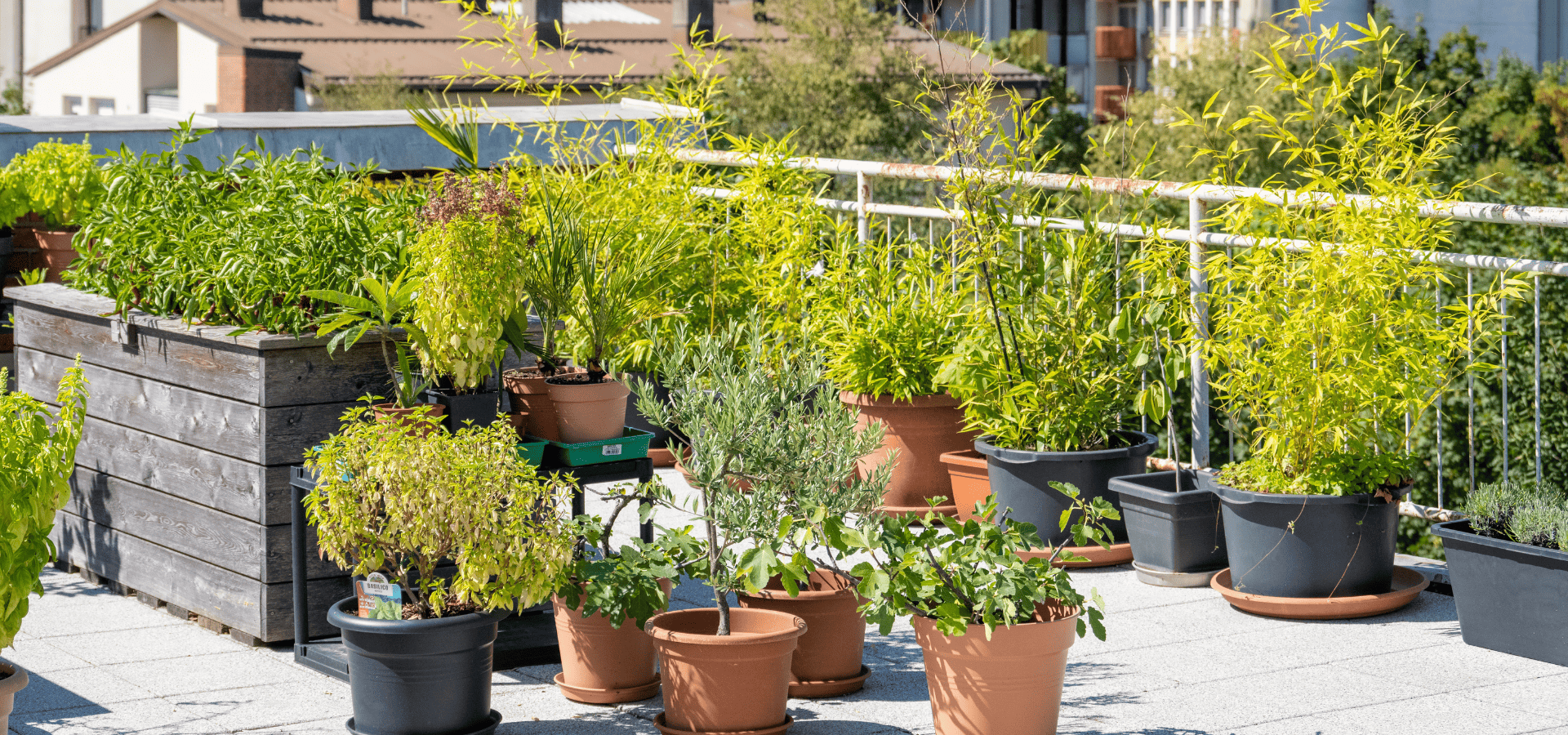
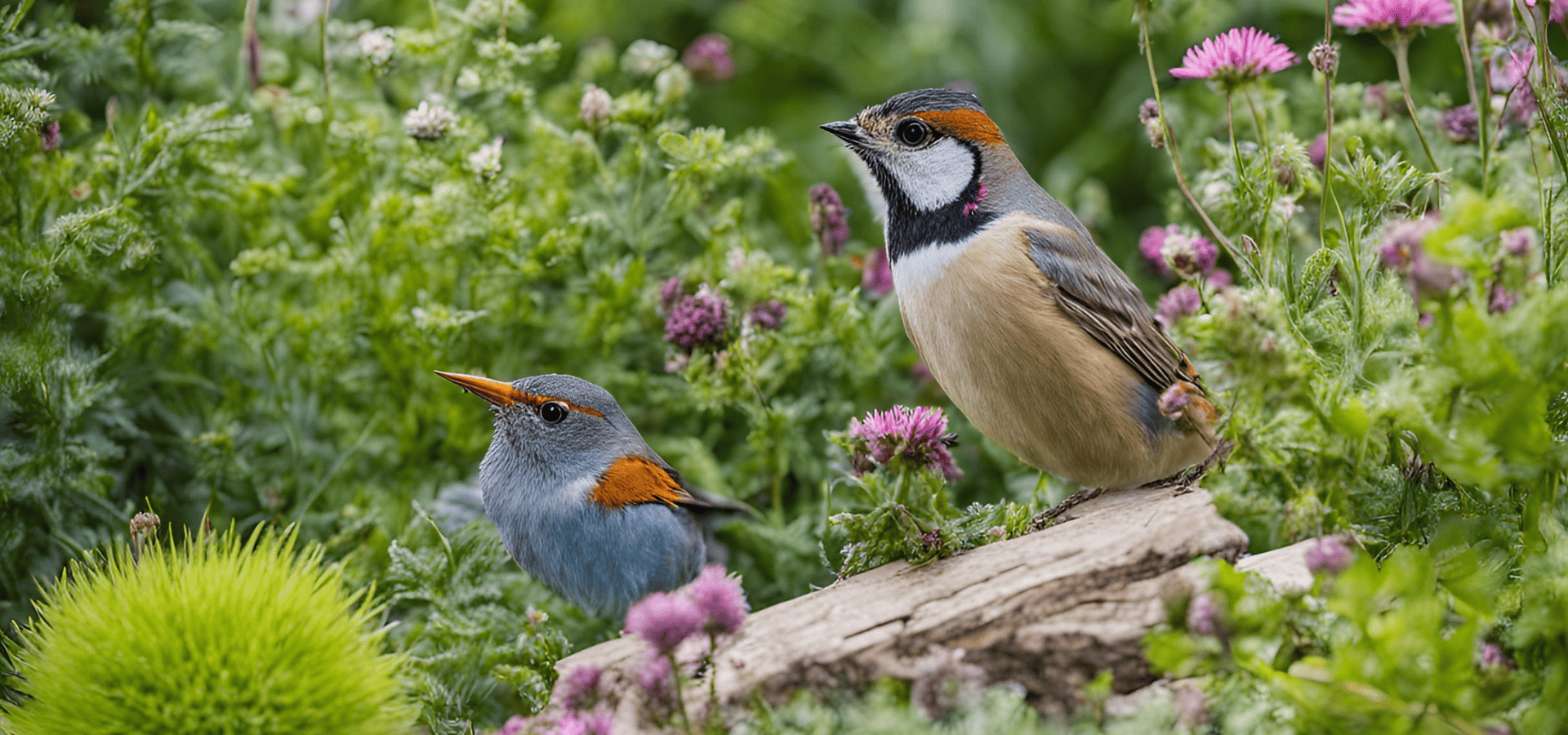
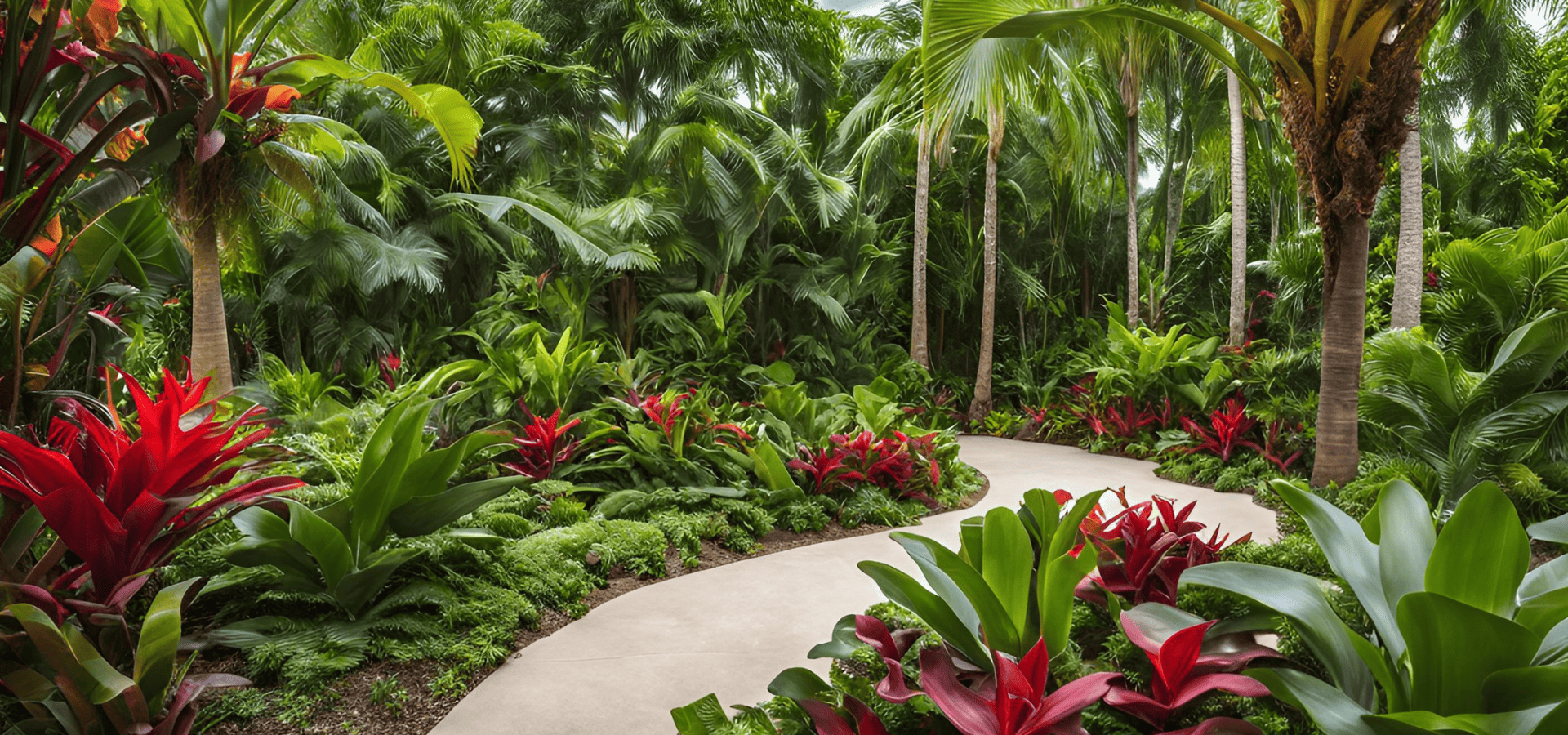
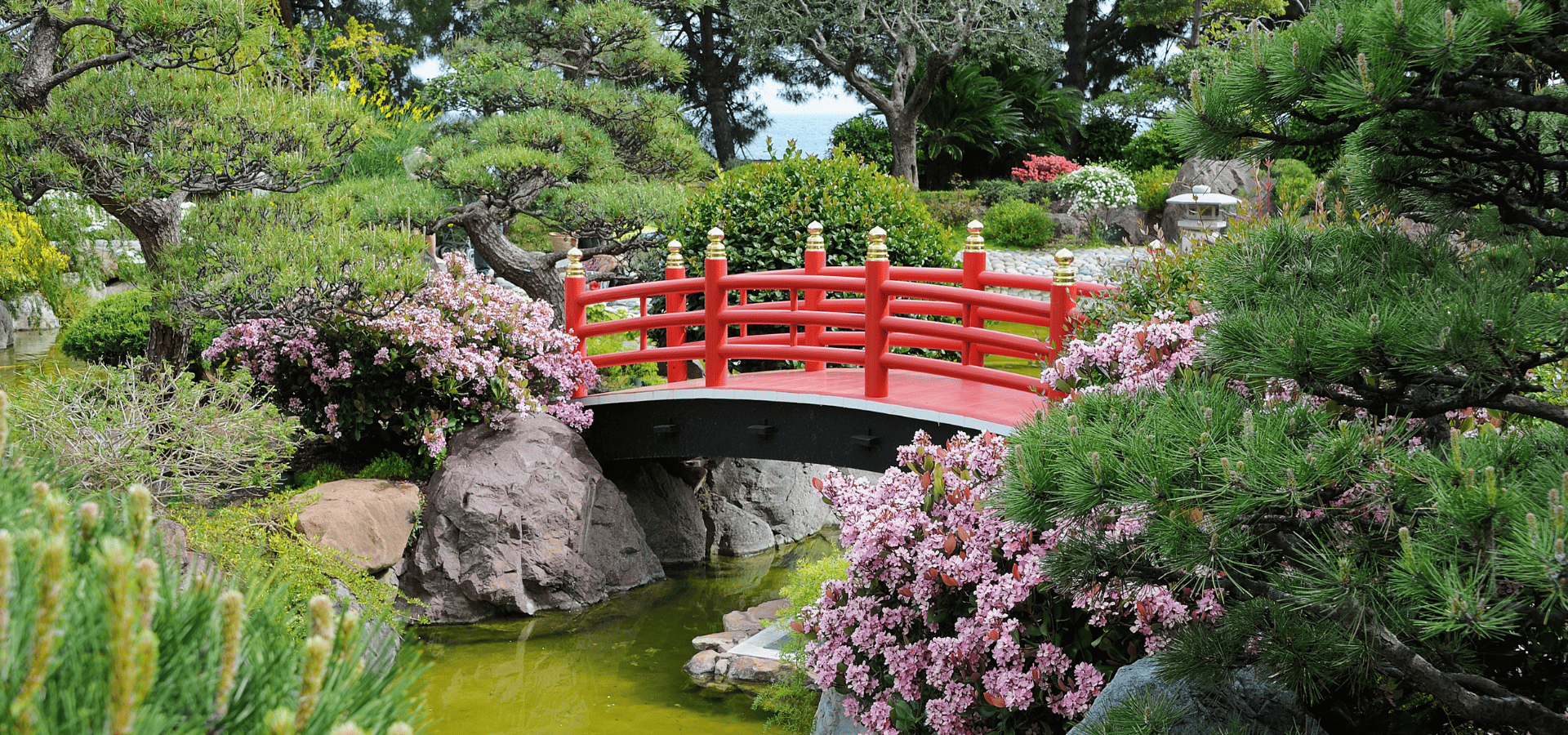

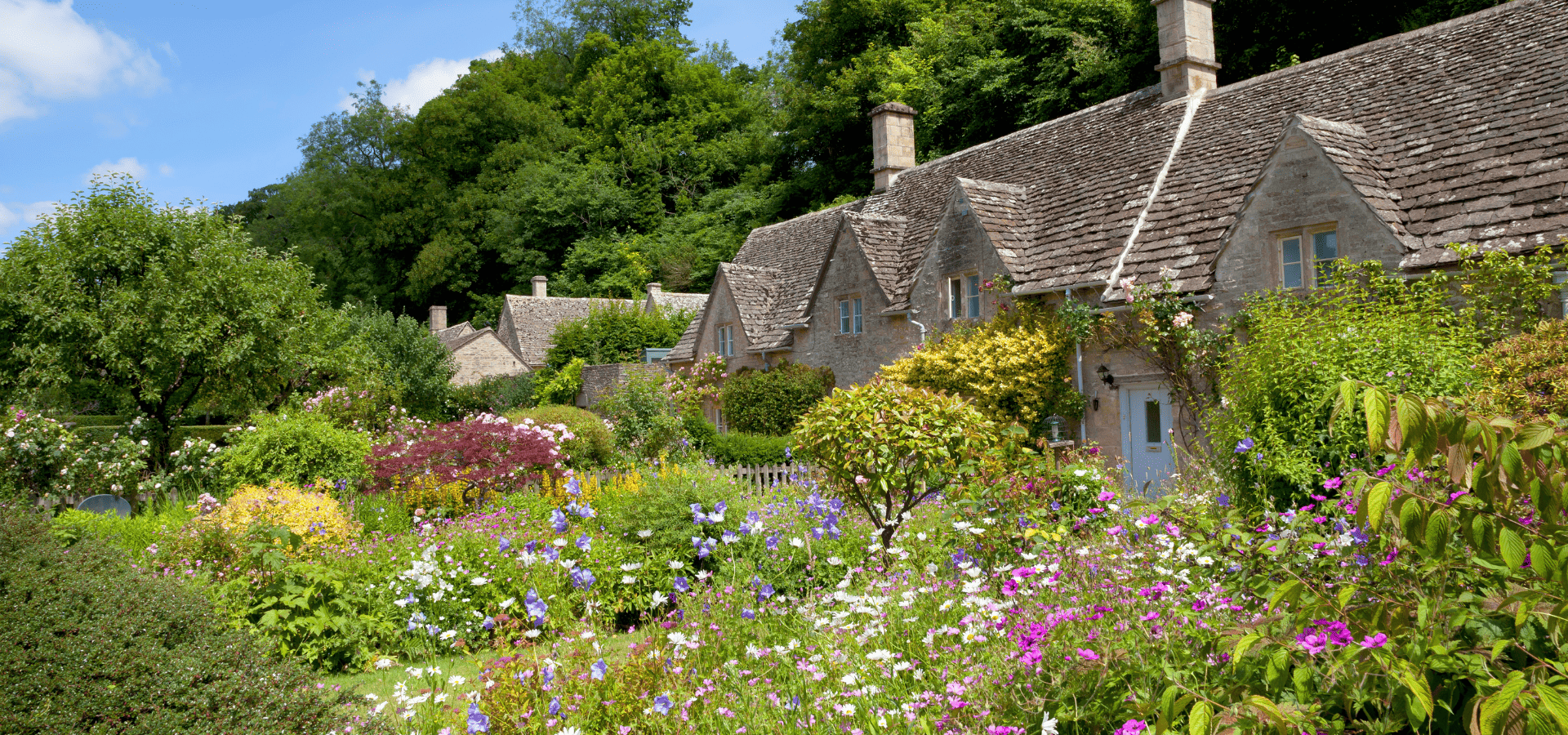
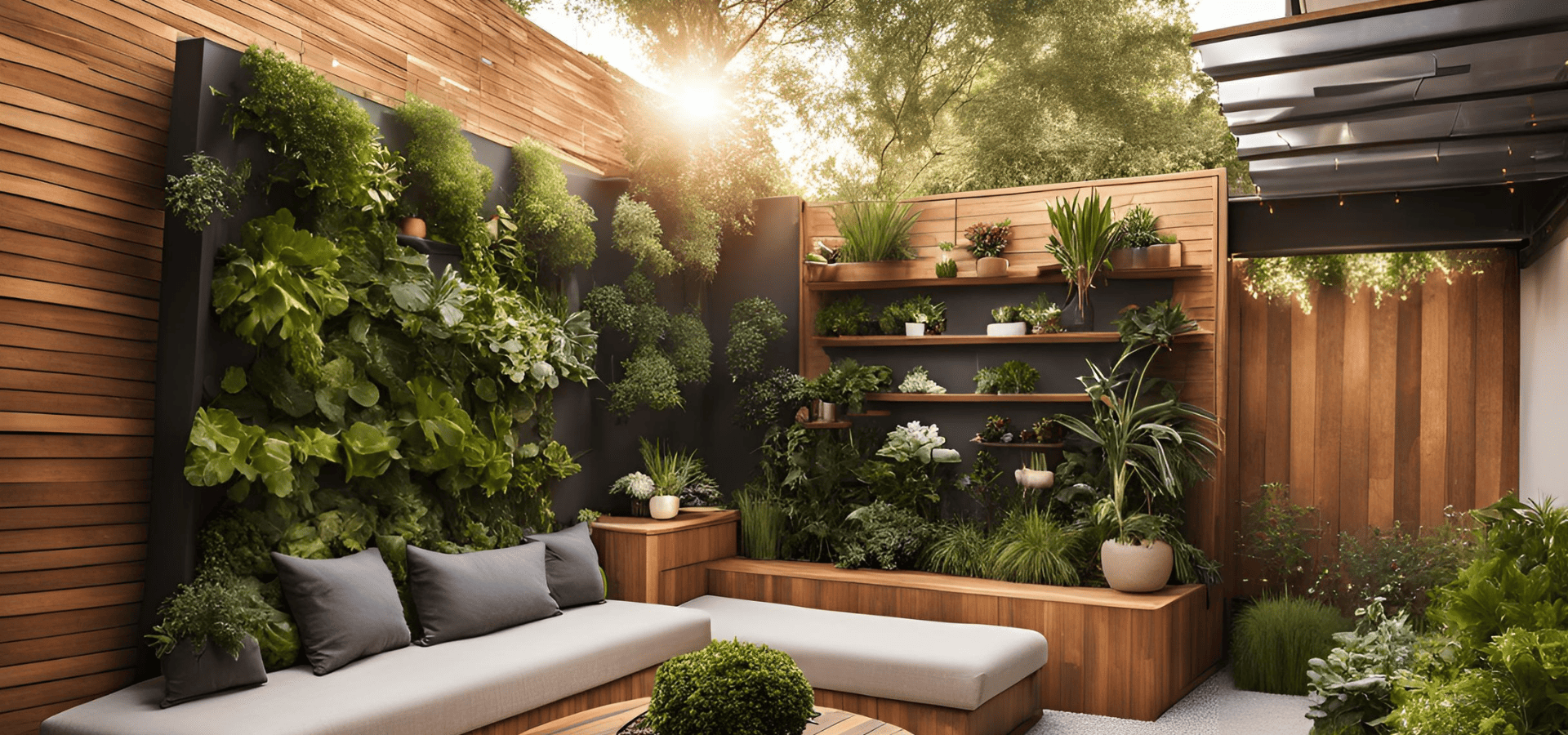
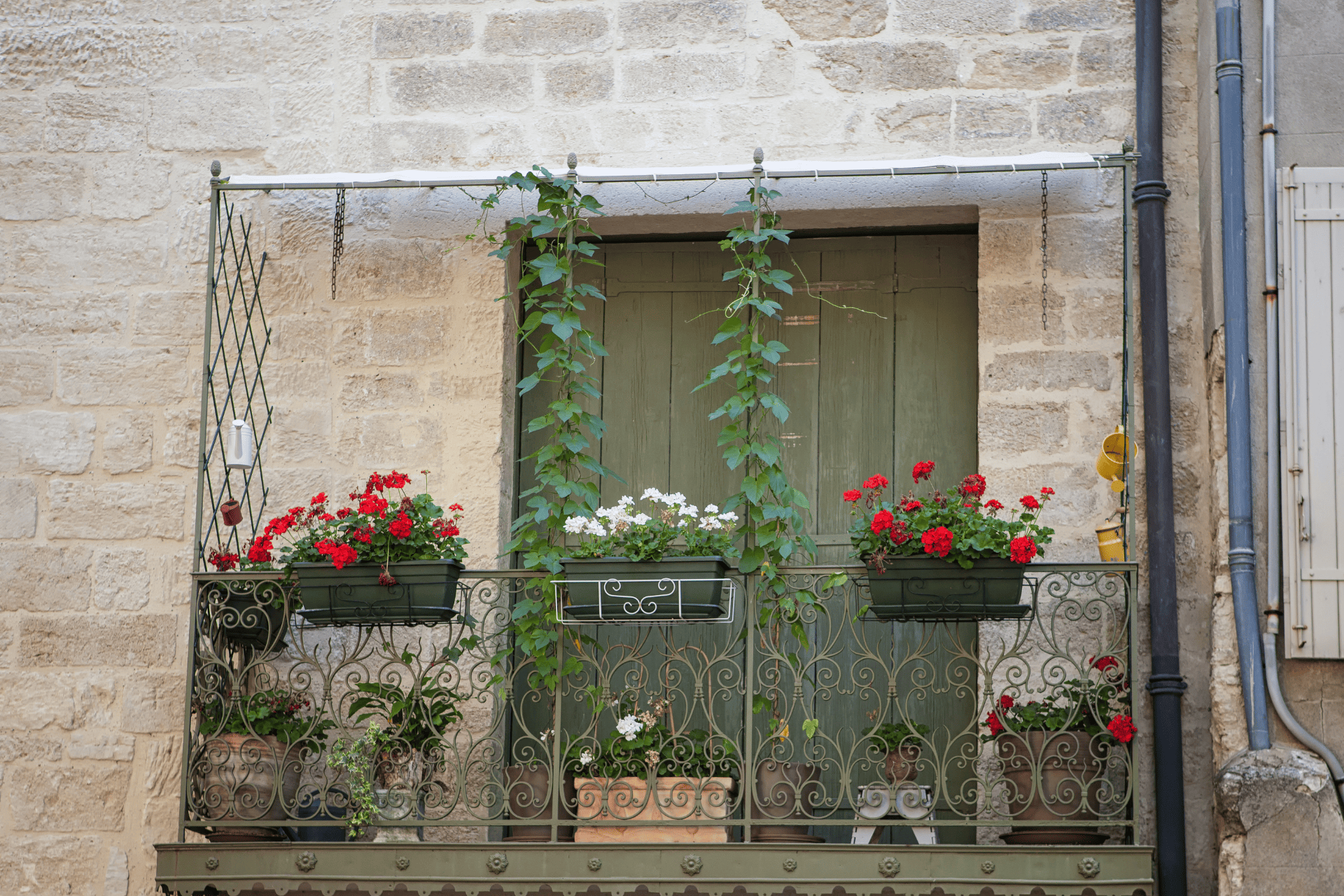
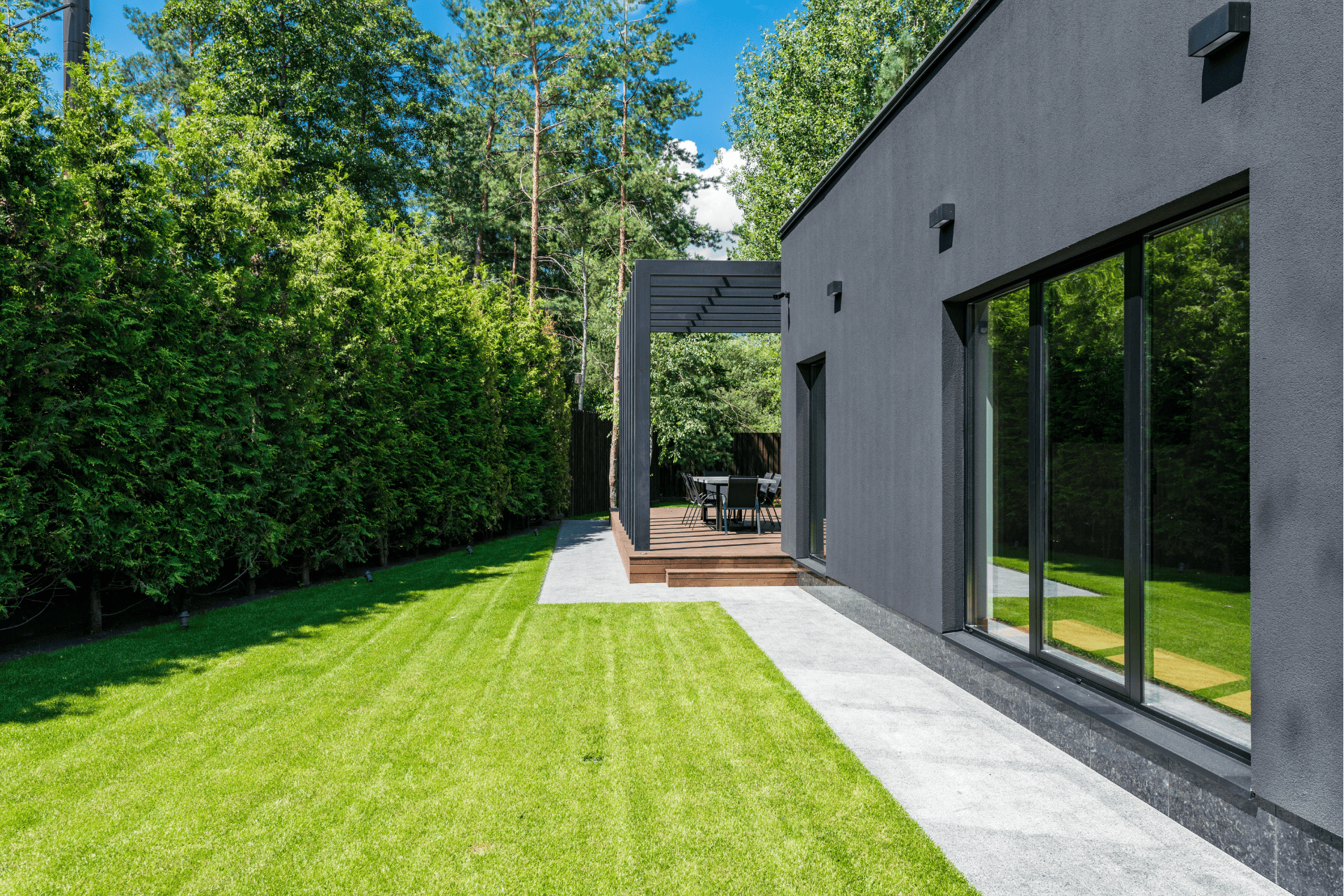
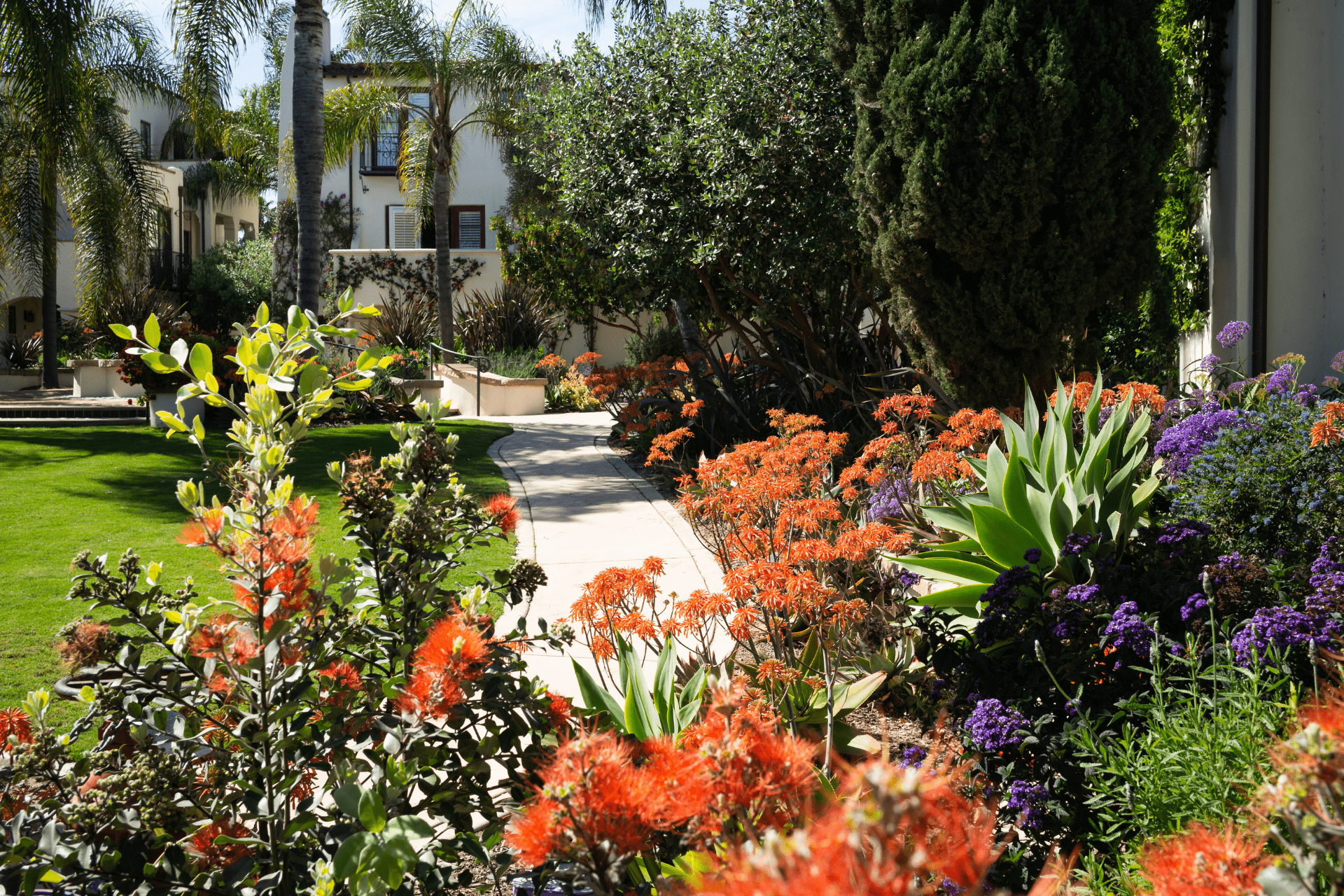

Contact
3917 S Valley Forge Ave Boise, Idaho 83706
Business Hours
Monday - Sunday
6:00 am - 7:00 pm
